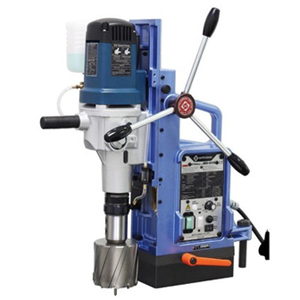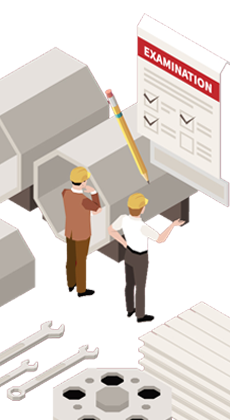Schedule a Call Back
Industrial safety: How slip-resistant footwears can prevent workplace accidents
 Articles
Articles- Nov 03,25

Related Stories
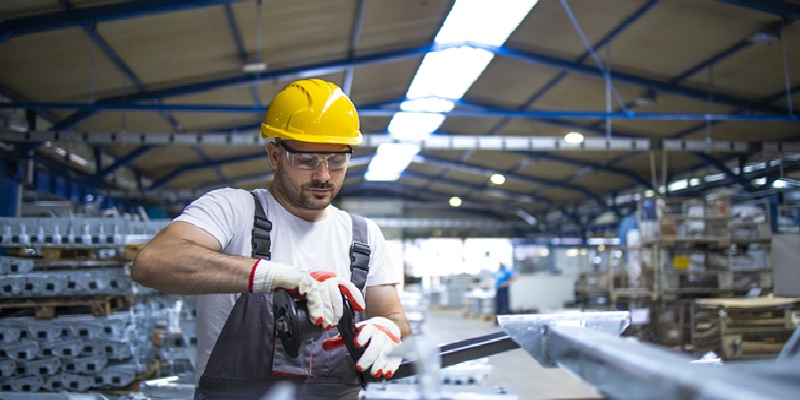
India’s Manufacturing, Services Growth Slips to Six-Month Low
Composite PMI eases to 59.9 in Nov., though overall expansion remains strong.
Read more
GameChange Solar to Boost India Transformer Output Sixfold
New GameChange BOS unit to expand transformer capacity through multiple factories in India.
Read more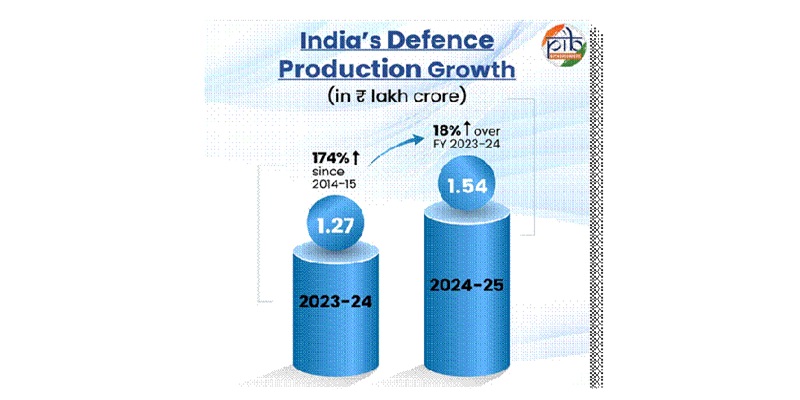
India’s Defence Production Hits Rs 1.27 Trillion, Driven by Reforms
Record output reflects decade of policy reforms, rising exports and strong domestic industry.
Read moreRelated Products
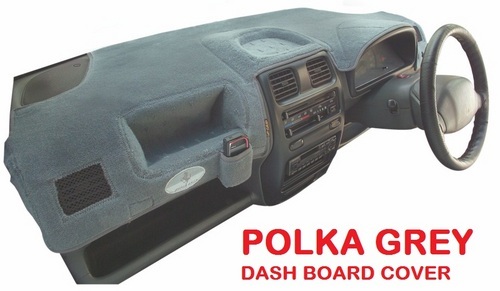
Grey Polka Dash Board Covers
Elegant Auto Accessories offers a wide range of grey polka dash board covers.
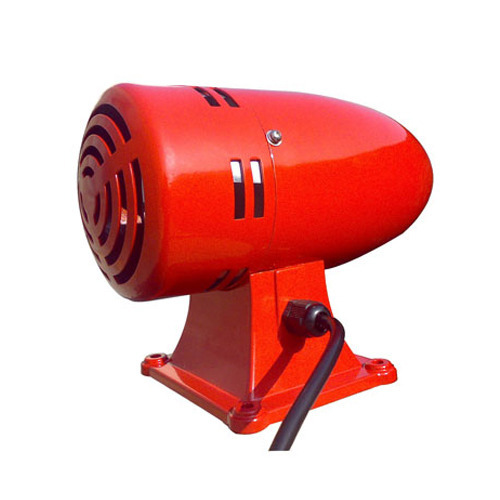
Fire Protection - Industrial Sirens
Amit Safety Enterprises offers a wide range of fire protection industrial sirens.
Read more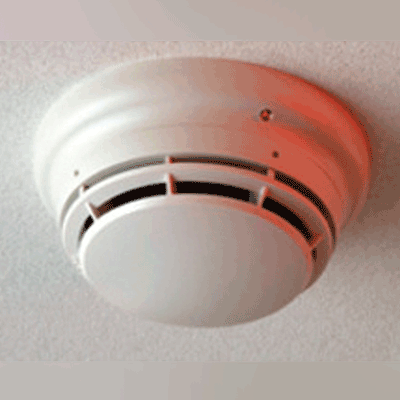
Fire Alarm Sysytem
Nayakson Security Systems is offering a range of fire alarm, intrusion alarm and gas alarm systems.






